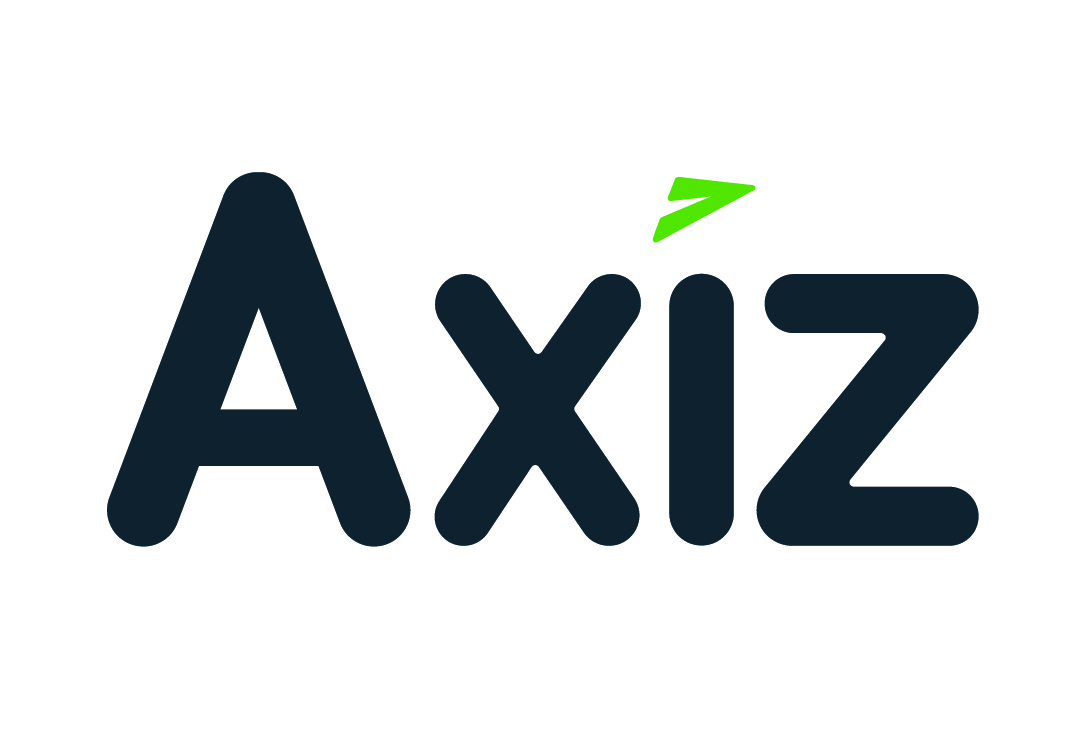A typical modern company can easily run dozens to hundreds of applications and many more devices. Practically all employees now rely on a device or service at some point in their day – and how well these run has a direct impact on company performance. In other words, if technology goes down, business stops!
Just as an eagle cannot soar without its feathers, businesses will eventually crash to the ground without sufficient IT support. Support services have grown more and more essential to maintain that equilibrium. Yet support is a thorny issue – often treated as a value-add or afterthought, not an integral part of technology design and budgeting.
Selecting the right support partner is crucial. You want a partner with a good reputation, a solid regional network of employees and partners, a clear grasp of local requirements and practices, and the reach to provide appropriate support where and when you need it.
But not all technical support providers will meet your requirements. You must also prepare your internal support frameworks and touch points to help support staff align to your requirements. What should you know about support to make the best choices?
Service levels
Support levels represent different support tiers that increase in terms of technical demand and urgency. Most queries are resolved at the early levels, but some scenarios need more robust support. Yet the higher the levels, the more expensive support can become. Audit and evaluate your different requirements and which support levels will ensure quick resolution of problems. For example, most user queries (password changes, software updates, etc) can be resolved at level one, but data centre systems can require level three or four support:
- Level one, aka, service desks take preliminary calls from users and create tickets via telephone calls, e-mail, chats and registered support tools. They can handle elementary fixes using remote support tools.
- Level two support provides knowledge, experience and technical advice on various operating systems and hardware. Dispatch engineers and some remote tech support specialists fall under this level.
- Level three support has full rights to user and server hardware, and is typically where server-side support occurs. Done remotely and on-site, L3 teams have a lot of experience and deep systems knowledge. Physical replacement of components or onsite configurations also falls under L3 support.
- Level four support has precise knowledge of applications and processes. They are sometimes known as application or development support.
Budgeting
Support treated as an afterthought often translates into higher costs. If you look at support at the initial budgeting stage, you can save yourself many cost headaches down the line. Naturally, there is the concern that you might oversubscribe and waste money. To get a clearer picture of your requirements, look at the following:
- System set-up, installation and configurations;
- Deployment, system and network administration;
- Maintenance and upgrades;
- Warranty management; and
- System monitoring.
Support staff levels
Thorough technical support must integrate with your business. If it runs on its own with little relevance to your environment's ongoing needs, you'll incur additional costs and staff headaches. This thinking applies both to internal staff and managed support services – the better you prepare your support framework, the better and faster they can deliver:
- Technicians' knowledge of their level of responsibility: not all support staff are qualified to do the same jobs. It's important to understand what support skills you will need and where to find them. You don't want an overqualified technician doing routine support, and you don't want to employ expensive support staff for problems that rarely occur.
- Customer response time agreements: attune response time and service level agreements to your environment. Such agreements determine the nature of support, timing, uptime expectations and more. Look at best practices around service and response agreements to get the right balance of performance and cost.
- Service desk structure: nearly all support journeys will start at L1, where a service desk assigns a ticket to the problem and escalates it. You want a service desk environment with a clear structure for where to send specific queries, when to escalate a matter, and which staff are the most appropriate to tackle specific scenarios. You additionally want good service desk software that covers multiple channels (e-mails, calls, chat windows, etc,) or use a support partner that provides such software.
The better you understand the above considerations, the more effective your support becomes. But don't do it alone. Unless support is your business, you will end up spending a lot of money and diluting the capacity of your valuable IT staff.
Use a support partner such as Axiz Field Services, working with them to develop the best support structure and agreements. Then you can keep your business soaring among the clouds.
Share
